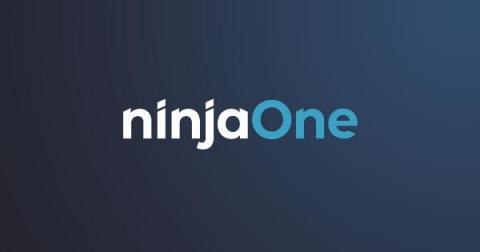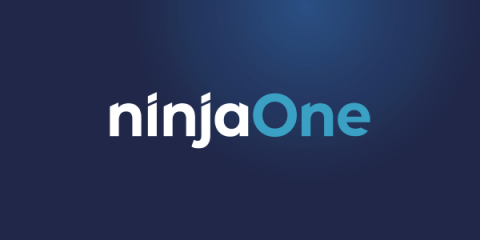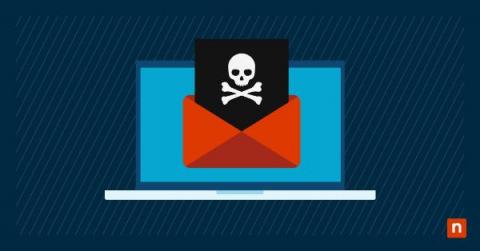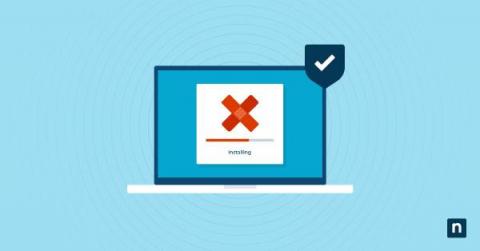NinjaOne Insights: Strategies to Help Your IT Team Thrive
Legacy operations and technology are often unable to support growing organizations, leading to several inefficiencies as business continues to evolve. The way IT teams manage 50 devices will be fundamentally different from the way they manage 500 devices. In response to these evolving business needs, organizations have started looking to process automation to reduce time and money wasted on repetitive, tedious tasks.











